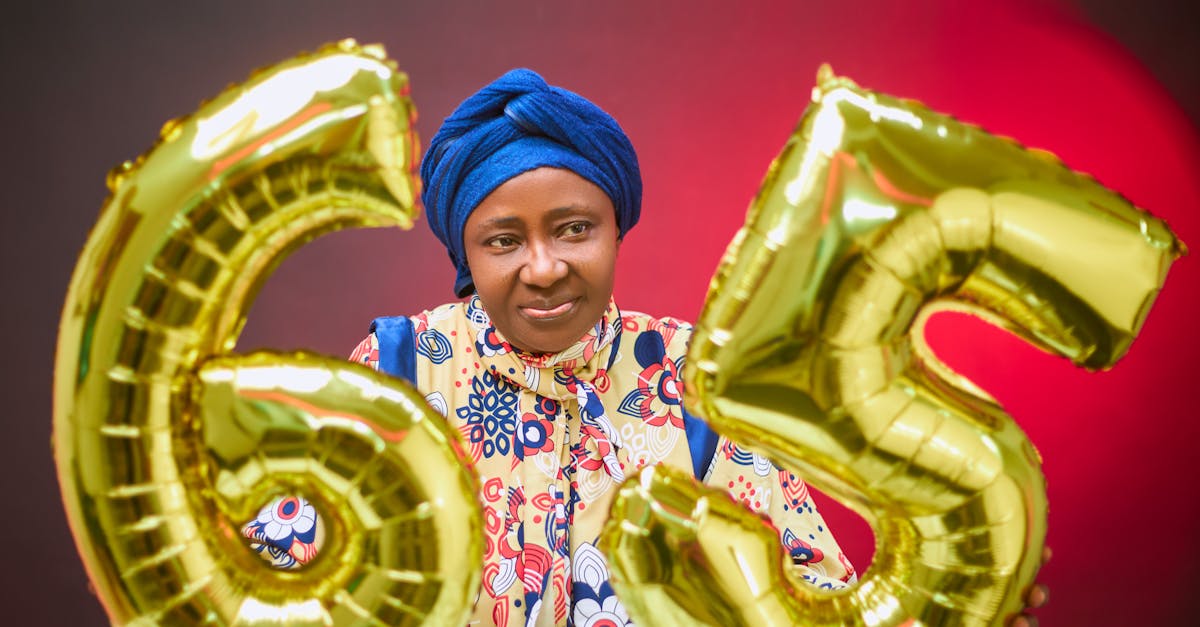
Birthday Statistics: What the Numbers Say About Age and Celebrations

Birthdays are a universal celebration, yet they reveal intriguing patterns and trends that vary across generations and cultures.
Most Common Birthdays
One might wonder if certain days of the year are more popular for birthdays than others. Interestingly, data suggests that September is the most common birth month, with September 9th frequently emerging as the most common individual birth date. This trend is attributed to holiday season conceptions, particularly around New Year's Eve.
Uncommon Birthdays
Conversely, holidays such as Christmas Day, New Year's Day, and February 29th (Leap Day) are among the least common birthdays. The rarity of Leap Day birthdays makes them particularly special, with Leap Year babies celebrating just once every four years.
Birthday Spending Trends
In recent years, the way we celebrate birthdays has evolved significantly. According to market research, Americans spend approximately $10 billion annually on birthday parties. This includes everything from lavish parties for children to milestone celebrations for adults. The trend towards personalized and experience-based gifts is also growing, with many opting for memorable experiences over traditional presents.
Digital Age Influence

The digital age has also influenced how we celebrate birthdays. Social media platforms like Facebook have transformed birthday acknowledgments into a global affair. Virtual celebrations through video calls and e-cards have become increasingly popular, especially during times when physical gatherings are challenging.
Age and Birthday Importance
The significance of birthdays often changes with age. Milestone birthdays such as 18th, 21st, 30th, 50th, and 100th are celebrated with particular enthusiasm. These ages mark significant life transitions and achievements, leading people to commemorate them with more elaborate festivities.
Cultural Variations

Cultural differences also play a crucial role in how birthdays are celebrated. In some cultures, certain ages are considered more significant than others due to traditional beliefs or societal structures. Explore how different cultures celebrate birthdays around the world.
Conclusion
Birthday statistics not only highlight interesting patterns but also reflect broader social trends and cultural values. As celebrations continue to evolve with technological advances and changing preferences, one thing remains constantbirthdays offer an opportunity to gather loved ones and create lasting memories.
Whether it's a simple cake with family or an extravagant party with friends, each birthday is a unique reflection of personal milestones and communal joy.